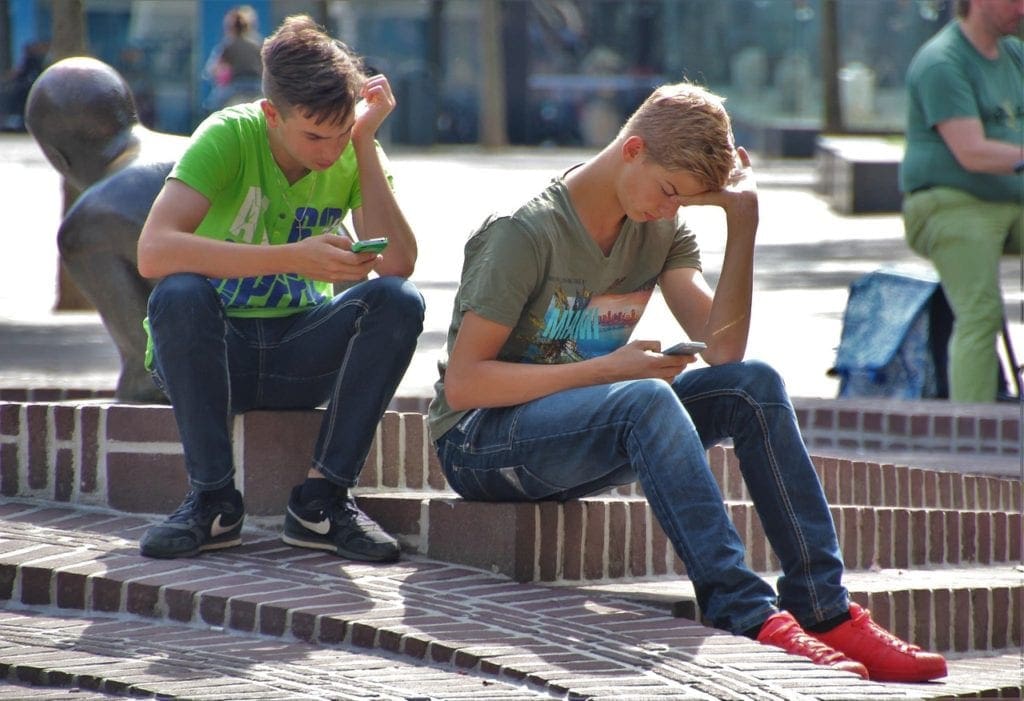Learning Not To See Homelessness
I had never thought that we learn not to see homelessness. I just took it for granted that I would instinctively recognize a homeless person. Three articles really woke me up!
I knew about the growing problem of college students who are homeless.But I was shocked to read that one in 30 High School students experienced homelessness in the last year. “The hidden homelessness among America’s high school students”
I knew about the heightened risk of being a victim of violence faced by a homeless person. But Vulnerable to Hate opened my eyes to the extent and types of crimes homeless individuals experienced in 2016 and 2017, from police brutality to stabbings.
I knew in my head that I probably ran into people who were homeless but never suspected how many. Then I read “Growing Up Blind: How We Learn not to See Homelessness.” I began to understand why I did not see the homelessness right before my eyes.
What I now see
The reality is that homelessness can take many surprising forms. The third article underlined for me that my stereotypes of what homeless people look like taught me how not to recognize homeless people.
The federal definition of homelessness includes those who lack a “fixed, regular, and adequate nighttime residence.”
This includes individuals and families who are living with others due to a loss of housing, often referred to as “doubling up.” Those living in shelters or locations such as motels, hotels, trailer parks or campgrounds because they lack other consistent housing options may also be considered homeless.
Individuals who are under 18 and living without a parent or guardian and lack consistent housing are “unaccompanied homeless youth.”
Poor people are more likely to be victims of both violent and property crimes than richer people. This is true regardless of where they live, the color of their skin, or any other factor. When it comes to homelessness, more fatal crimes are committed against homeless people than all other bias-related crimes combined.
There is, in fact, only one way that homeless people are more likely to be criminals. Many areas have criminalized sleeping outside. But that’s ridiculous, and sleeping outside certainly doesn’t put me in danger. Homelessness is just not that phantom menace.
Once we realize that, we have a much better chance of seeing homeless people.
They have stories, and people who they love, and histories of how they got to where they sleep. They might be weird in a different way than you and I are, but they’re also just people. And somehow, often, they also have hope, something we all could use a little more of.
A deeper appreciation of the Vincentian Family Homeless Alliance
The 13 Houses Campaign is a Famvin Homeless Alliance initiative and aims to improve and transform the lives of 10,000 homeless people around the world in 3-5 years from 2018. More than that, we want to see 13 Houses projects in each of the 156 countries where the Vincentian Family works!
The 13 Houses Campaign takes its inspiration from St. Vincent de Paul. Vincent was assigned the equivalent of one million dollars by Louis XIII as an endowment for his Congregation’s mission in 1643. Vincent chose to use the money to build 13 small houses close to Saint-Lazare, the motherhouse of the Congregation of the Mission, to care for abandoned children. The ongoing costs of these houses were supported by the Ladies of Charity while the Daughters of Charity cared for the children. By working together the Vincentian Family helped thousands of children who would have otherwise died on the streets
Read more about the origins of the 13 Houses Campaign here. You can also download their 13 Houses Booklet..
For practicing Vincentians
- DId anything in this post touch you?
- How are you, or can you, network with others?








Fr terrible sad to see young girls about 15 or 16 sleeping in the place when I and other guys worked in winter to keep warm with their babies. In summer children sleeping on mats on sidewalk because of no lights in their apartment at night Church pastor Fr Gantia gave food for breakfast to them That just a brief account of homeless young girls and babies I saw for many years